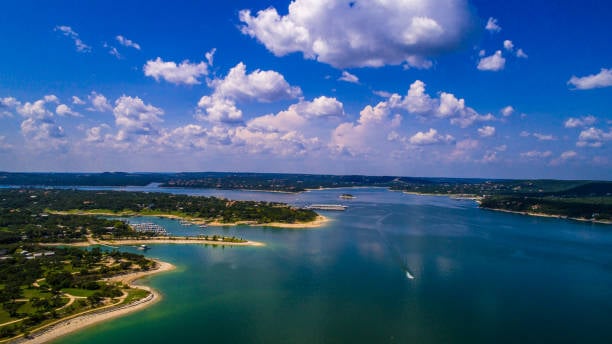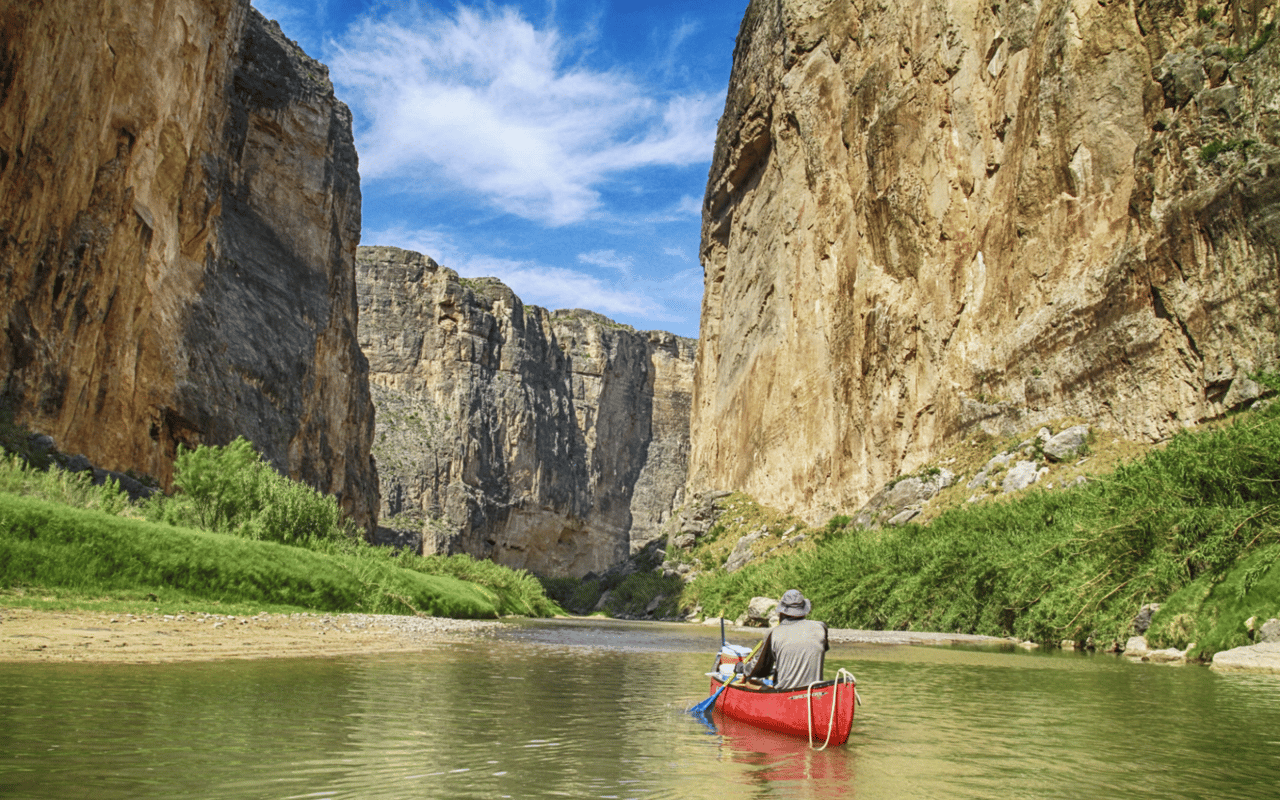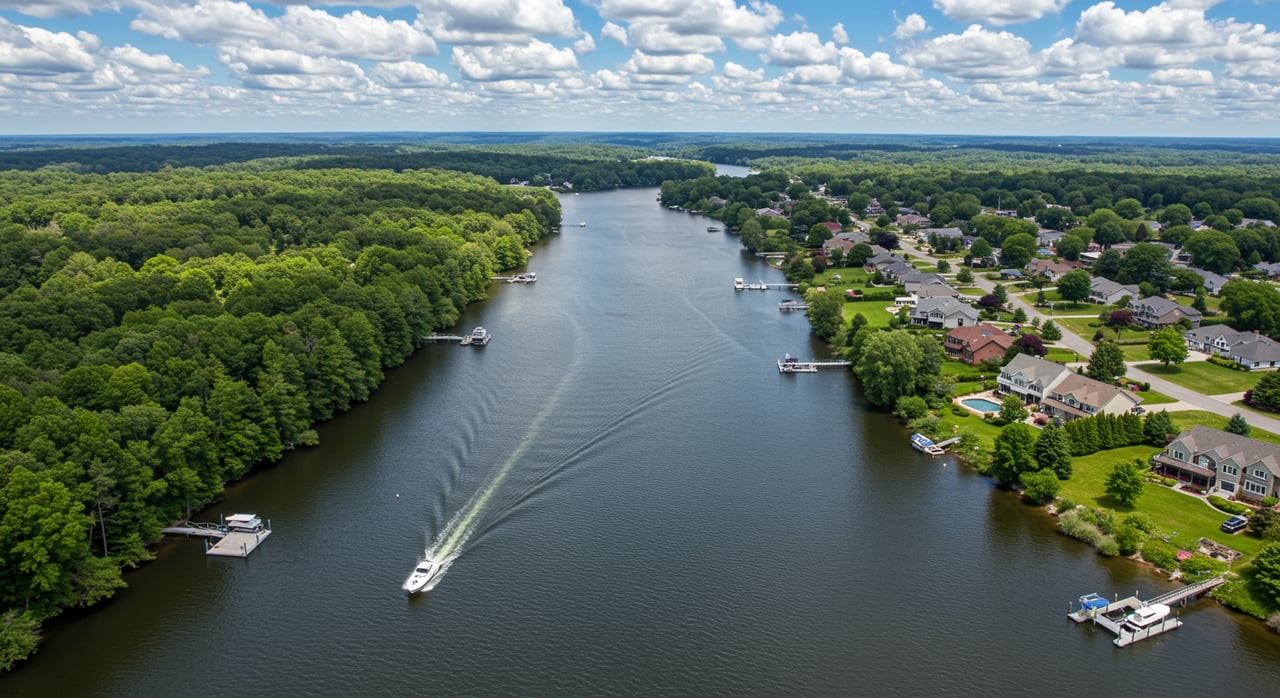Why We’re Advocating for the Lake Austin Drawdown—and Why You Should Be Too
PROTECT YOUR SHORELINE. PROTECT YOUR INVESTMENT.
As the most experienced team serving Lake Austin’s waterfront community, we feel it’s important to bring your attention to a growing concern that’s beginning to re-emerge along our shoreline: invasive hydrilla is back—and it’s spreading rapidly.
One of the best tools to combat this issue is a seasonal winter drawdown of the lake. This method not only supports the lake’s natural ecosystem, but also plays a vital role in preserving the long-term value of your lakefront property. Beyond environmental benefits, a drawdown gives you a rare window to inspect and repair your dock, bulkhead, and shoreline structures before peak season.
We encourage you to learn how this process works, what you can do to prepare, and how to stand with fellow homeowners in support of this important initiative.
The Issue at Hand
Lake Austin is quietly being challenged by hydrilla, a highly invasive aquatic plant that thrives in calm, shallow waters. It spreads quickly, pushing out native plants, obstructing docks and boat slips, and ultimately degrading water quality.
If left unmanaged, hydrilla can severely disrupt the lake’s ecosystem and negatively affect the value and enjoyment of waterfront properties.
How Has Hydrilla Been Controlled in the Past?
In the past, Lake Austin’s health was maintained through a combination of biennial drawdowns—an approach dating back to the 1950s—and the introduction of sterile grass carp, a fish that feeds on hydrilla without disturbing beneficial native plants.
However, due to recent drought conditions and reduced lake levels, the drawdown practice was paused. The last time Lake Austin was lowered was in 2017.
Lowering the lake during the colder months exposes hydrilla to freezing air, which can dry out and damage the plant. Even if it doesn't kill the hydrilla completely, it weakens it significantly. Winter is also the best time to do this, as aquatic life is less impacted by the change in water levels thanks to the higher oxygen content in cooler temperatures.
Will Refilling Lake Austin Drain Lake Travis?
Not at all. Refilling Lake Austin has minimal impact on Lake Travis levels.
For instance, in 2017 when Lake Austin was drawn down by 10 feet, it took less than 8 inches of water from Lake Travis to refill it. (Source: CBS Austin)
Lake Travis is the area’s main water supply and is managed under LCRA’s comprehensive Water Management Plan. Refilling Lake Austin is part of their routine operations and doesn’t significantly affect regional water storage.
What’s the Current Situation and Plan for 2026?
In July 2025, the City of Austin introduced around 350 sterile grass carp into areas with the heaviest hydrilla growth, particularly below Loop 360. This is part of an environmentally sound strategy to slow hydrilla’s return.
Right now, hydrilla covers about 74 acres of Lake Austin—less than 5% of the lake’s surface. But without proactive steps, that number could rise quickly. Just over a decade ago, hydrilla overtook more than 500 acres.
With Lake Travis sitting near 90% capacity as of late July 2025 and the new Arbuckle Downstream Reservoir now operational, conditions are favorable for a winter drawdown.
That’s why we’re working alongside other lakefront businesses and community advocates to formally request that the City of Austin ask the LCRA for a January–February 2026 drawdown. After an eight-year pause, it’s time to bring this essential lake management practice back.
What Can You Do as a Lakefront Homeowner?
Whether you’ve owned your property for years or just purchased your lakeside retreat, this initiative directly impacts you. A winter drawdown provides you with a rare and valuable opportunity to:
• Repair and maintain your dock, bulkhead, or retaining walls
• Clear out built-up sediment from your boat slip
• Improve boat access and prevent hydrilla from clogging your dock
• Enhance water clarity and quality for swimming, fishing, and boating
• Preserve your property value by maintaining clear, navigable water
• Contribute to a healthier, more vibrant lake for your family—and future generations
Lake Austin is a shared treasure. Let’s work together to keep it healthy, safe, and enjoyable for years to come.



